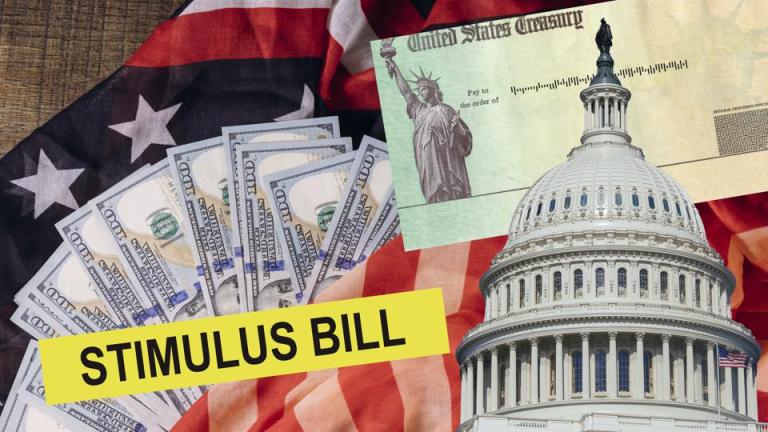Educate yourself about the revised tax benefits for higher education
 Attending college is one of the biggest investments that parents and students ever make. If you or your child (or grandchild) attends (or plans to attend) an institution of higher learning, you may be eligible for tax breaks to help foot the bill.
Attending college is one of the biggest investments that parents and students ever make. If you or your child (or grandchild) attends (or plans to attend) an institution of higher learning, you may be eligible for tax breaks to help foot the bill.
The Consolidated Appropriations Act, which was enacted recently, made some changes to the tax breaks. Here’s a rundown of what has changed.
Deductions vs. credits
Before the new law, there were tax breaks available for qualified education expenses including the Tuition and Fees Deduction, the Lifetime Learning Credit and the American Opportunity Tax Credit.
Tax credits are generally better than tax deductions. The difference? A tax deduction reduces your taxable income while a tax credit reduces the amount of taxes you owe on a dollar-for-dollar basis.
First, let’s look at the deduction
For 2020, the Tuition and Fees Deduction could be up to $4,000 at lower income levels or up to $2,000 at middle income levels. If your 2020 modified adjusted gross income (MAGI) allows you to be eligible, you can claim the deduction whether you itemize or not. Here are the income thresholds:
- For 2020, a taxpayer with a MAGI of up to $65,000 ($130,000 for married filing jointly) could deduct qualified expenses up to $4,000.
- For 2020, a taxpayer with a MAGI between $65,001 and $80,000 ($130,001 and $160,000 for married filing jointly) could deduct up to $2,000.
- For 2020, the allowable 2020 deduction was phased out and was zero if your MAGI was more than $80,000 ($160,000 for married filing jointly).
As you’ll see below, the Tuition and Fees Deduction is not available after the 2020 tax year.
Two credits aligned
Before the new law, an unfavorable income phase-out rule applied to the Lifetime Learning Credit, which can be worth up to $2,000 per tax return annually. For 2021 and beyond, the new law aligns the phase-out rule for the Lifetime Learning Credit with the more favorable phase-out rule for the American Opportunity Tax Credit, which can be worth up to $2,500 per student each year. The CAA also repeals the Tuition and Fees Deduction for 2021 and later years. Basically, the law trades the old-law write-off for the more favorable new-law Lifetime Learning Credit phase-out rule.
Under the CAA, both the Lifetime Learning Credit and the American Opportunity Tax Credit are phased out for 2021 and beyond between a MAGI of $80,001 and $90,000 for unmarried individuals ($160,001 and $180,000 for married couples filing jointly). Before the new law, the Lifetime Learning Credit was phased out for 2020 between a MAGI of $59,001 and $69,000 for unmarried individuals ($118,001 and $138,000 married couples filing jointly).
Best for you
Talk with us about which of the two remaining education tax credits is the most beneficial in your situation. Each of them has its own requirements. There are also other education tax opportunities you may be able to take advantage of, including a Section 529 tuition plan and a Coverdell Education Savings Account.



 President Trump on Sunday night signed into law the $900 billion COVID-19 relief bill passed Dec. 21 by Congress.
President Trump on Sunday night signed into law the $900 billion COVID-19 relief bill passed Dec. 21 by Congress.
 You may be able to deduct some of your medical expenses, including prescription drugs, on your federal tax return. However, the rules make it hard for many people to qualify. But with proper planning, you may be able to time discretionary medical expenses to your advantage for tax purposes.
You may be able to deduct some of your medical expenses, including prescription drugs, on your federal tax return. However, the rules make it hard for many people to qualify. But with proper planning, you may be able to time discretionary medical expenses to your advantage for tax purposes.

